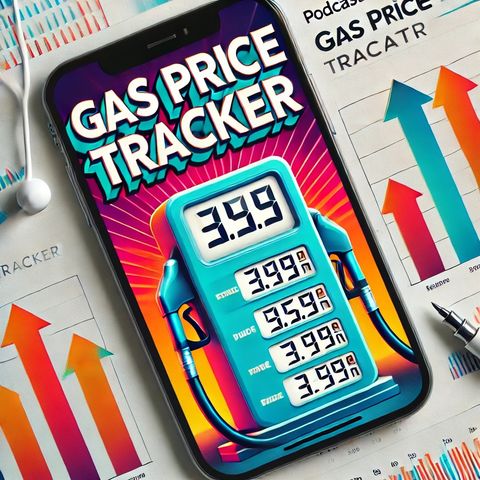Gas Prices in 2024: Key Factors Driving Costs From Global Markets to Local Pumps Explained

Descarga y escucha en cualquier lugar
Descarga tus episodios favoritos y disfrútalos, ¡dondequiera que estés! Regístrate o inicia sesión ahora para acceder a la escucha sin conexión.
Gas Prices in 2024: Key Factors Driving Costs From Global Markets to Local Pumps Explained
Esta transcripción es generada automáticamente. Ten en cuenta que no se garantiza una precisión absoluta.
Descripción
Gas prices in the United States fluctuate due to various factors including crude oil prices, geopolitical tensions, supply and demand dynamics, weather-related disruptions, refining costs, and regulatory changes. As of...
mostra másCrude oil prices remain a primary driver of gasoline costs, accounting for about half of the pump price. The global oil market is influenced by OPEC+ production decisions, global economic conditions, and regional conflicts affecting supply chains. In 2024, crude oil prices have been volatile due to ongoing geopolitical events, particularly in regions like the Middle East and Eastern Europe. This volatility directly impacts how much consumers pay at the pump.
Domestically, refining capacity in the United States also plays a critical role. In recent years, refinery upgrades and maintenance, as well as weather-related disruptions such as hurricanes, have affected fuel supply. The fall season typically sees lower demand after the summer driving season, which can sometimes lead to modest decreases in gas prices. However, any unplanned refinery outages can quickly change the supply landscape and push prices higher.
Another significant factor is the government’s regulatory policies, including those targeting emissions and promoting renewable fuels. The ongoing transition towards green energy and the push for increased use of electric vehicles have subtly influenced long-term demand projections for gasoline. In the short term, however, gasoline remains a predominant fuel source for vehicles, keeping it highly sensitive to immediate changes in above factors.
Local taxes and fees, as well as transportation and distribution costs, also contribute to regional price differences. For instance, states like California typically have higher gas prices due to stricter environmental regulations and higher taxes compared to states like Texas or Oklahoma, where fuel is cheaper.
Consumer behavior adjusts with fluctuating prices as well. When prices rise, there tends to be a reduction in consumption as individuals seek alternatives or simply drive less. Conversely, lower prices often see an uptick in driving and fuel consumption.
Currently, the national average price for regular gasoline hovers around $3.50 per gallon, though significant regional variations exist. West Coast and Northeastern states often report higher averages due to tighter supply chains and regulatory factors, whereas the Midwest and Southern states enjoy lower costs largely due to proximity to oil fields and refineries.
Looking ahead, the shift towards renewable energy and increased efficiency in vehicles are expected to gradually impact gasoline demand. However, in the immediate term, traditional supply and demand factors remain the dominant forces affecting gas prices. Additionally, any sudden changes in international energy policy or unforeseen geopolitical events could lead to rapid shifts in both oil and gas markets.
In summary, while a combination of global and domestic factors determines the cost of gasoline, the overall dynamics of supply, demand, and policy continue to showcase a complex yet fascinating landscape for listeners interested in understanding the energy economics shaping their daily lives.
Información
| Autor | QP-5 |
| Organización | William Corbin |
| Página web | - |
| Etiquetas |
Copyright 2024 - Spreaker Inc. an iHeartMedia Company

Comentarios